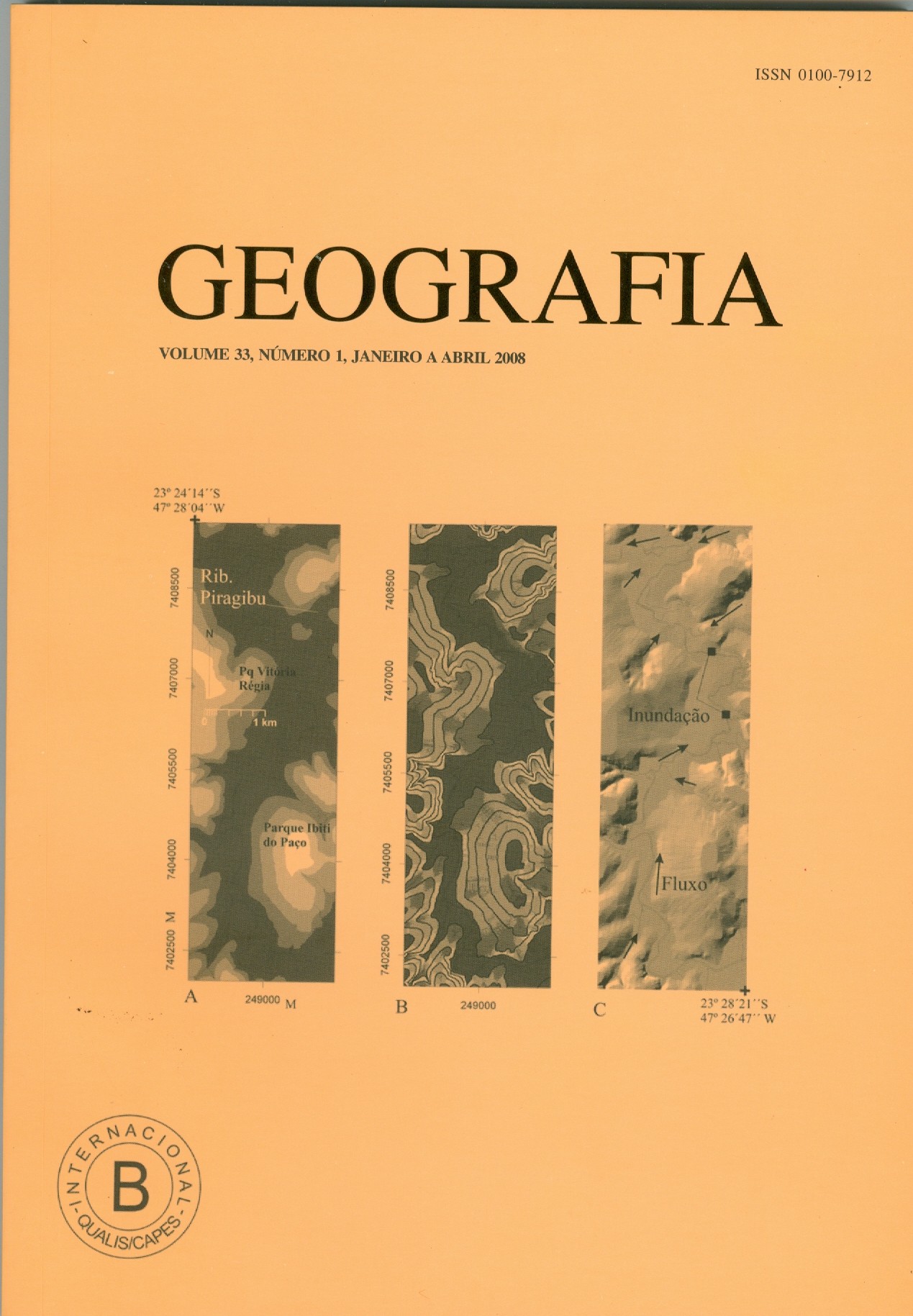Geographic information system: a historical approach
Abstract
Since the ancient societies, from the invention of the telegraph in 19th Century; the mass media in the 20th Century, and, more recently, the Internet, information has flown in an ever-increasing pace. In addition, this increased speed in which information is spread has impacted on several areas of human knowledge. The introduction of computers, and more specifically Geographical Information Systems (GIS) from the 1960s, has transformed the concepts of data and information. GIS is currently widely used in the academic community as well as in the industry, generating numerous applications in different research areas in geosciences, particularly in the field of spatial analysis. Geospatial information is power because it allows the analysis of factors of the past, and its relations to specific environmental and social features of the present. Spatial analysis provides an understanding of the present, and mainly it provides one with means to infer the future of a given area. This paper aims to analyse the evolution of GIS in the last decades, approaching its development, functionalities and characteristics. In addition this paper presents the pioneers of GIS in Brazil.Downloads
Published
Issue
Section
License
The authors maintain the copyright and grant GEOGRAFIA the right of first publication, with the articles simultaneously licensed under the Creative Commons BY 4.0 License, which allows sharing and adapting the articles for any purpose, as long as appropriate credits and provisions of image rights, privacy or moral rights. Other legal attributions can be accessed at: https://creativecommons.org/licenses/by/4.0/legalcode.en.
Geography, Rio Claro, SP, Brazil - eISSN 1983-8700 is licensed under the Creative Commons BY 4.0 License.





